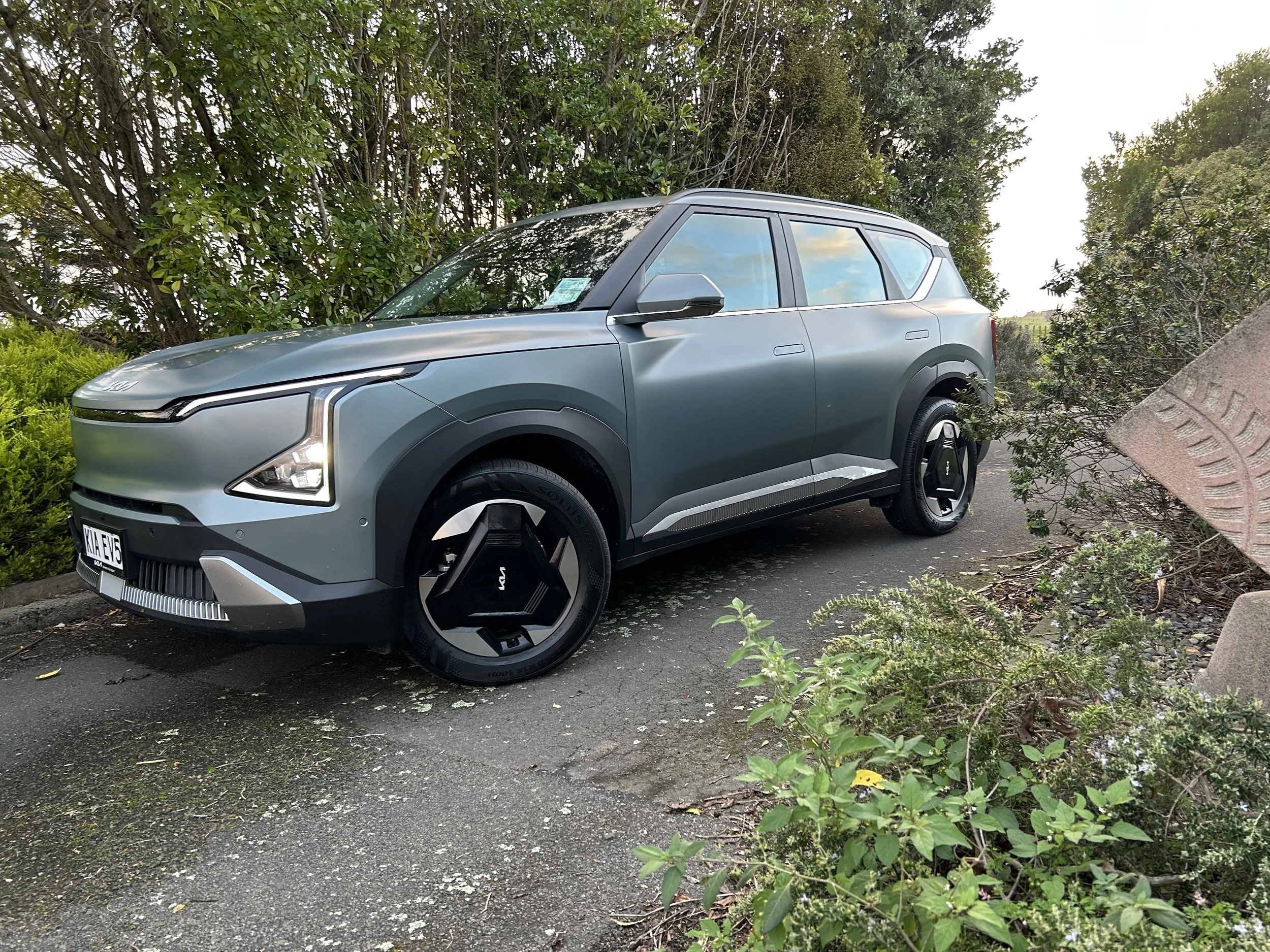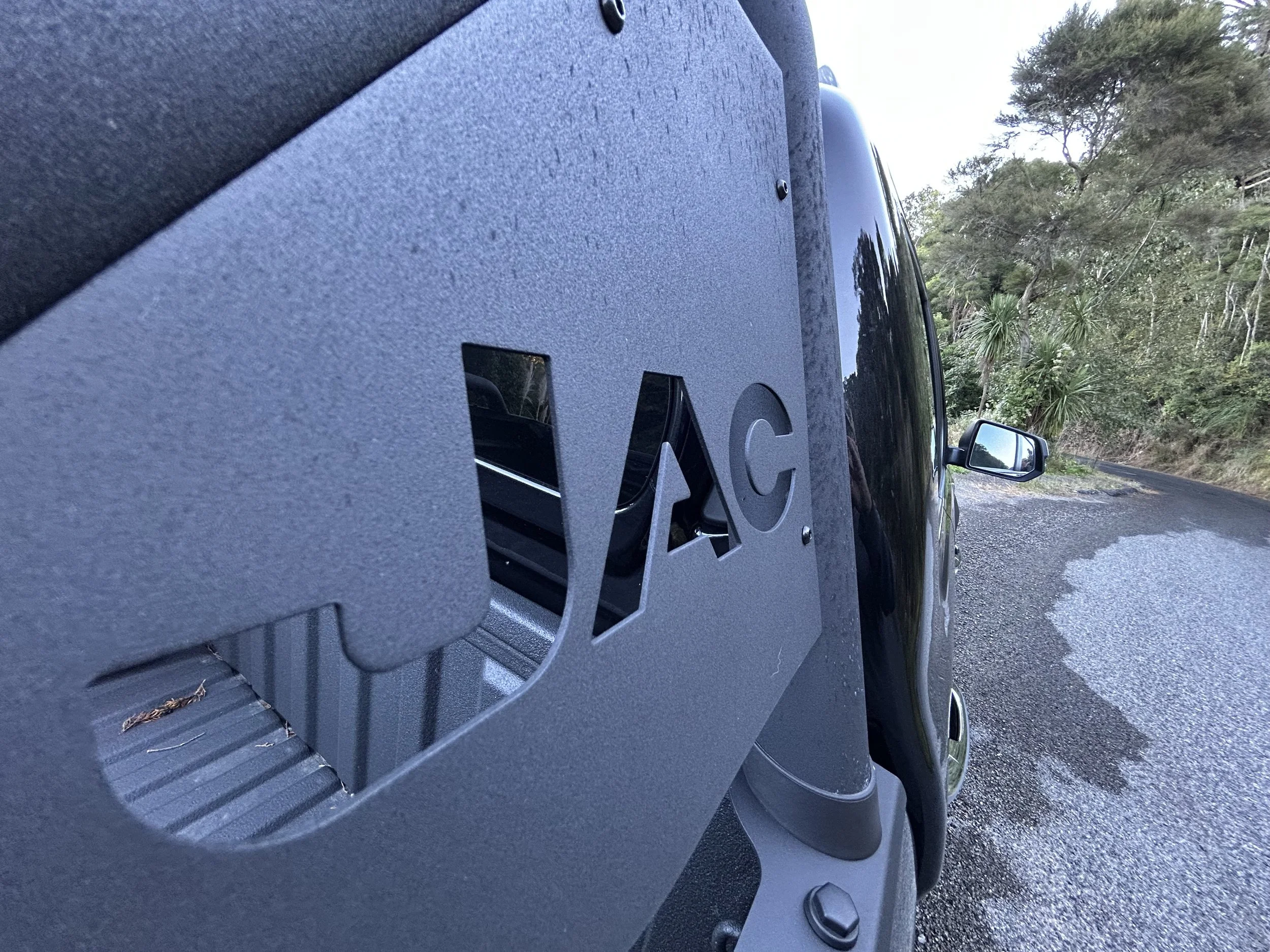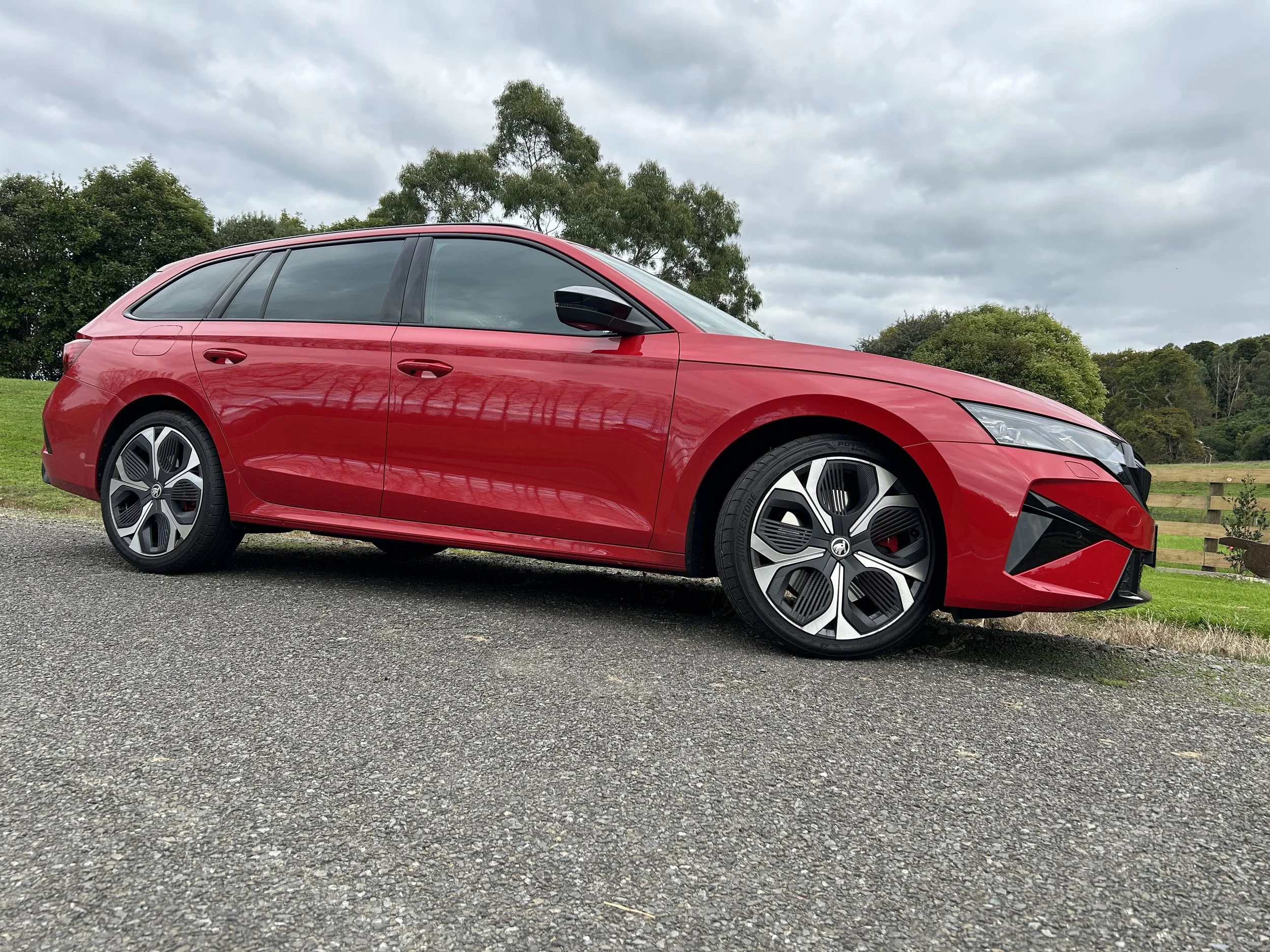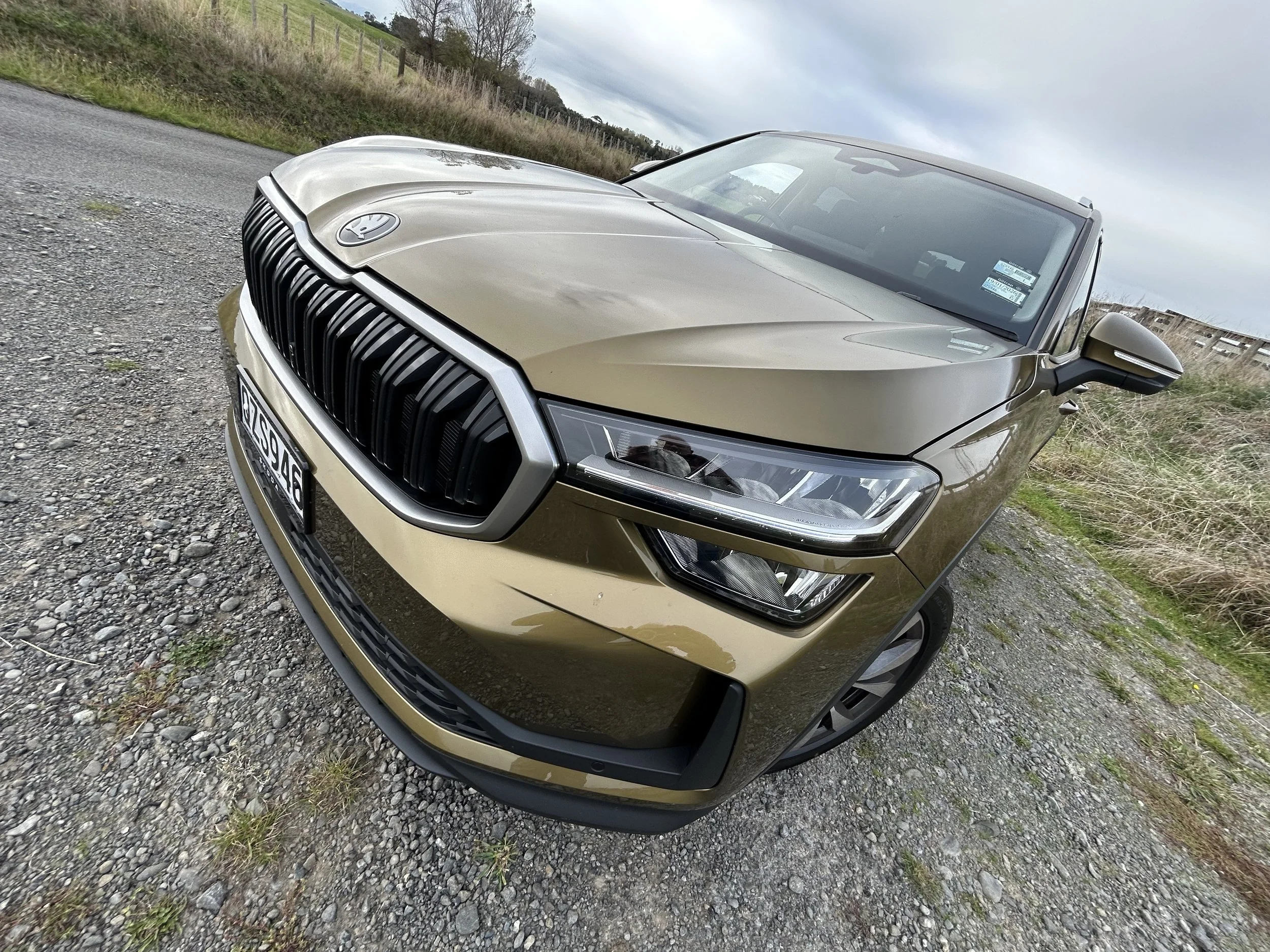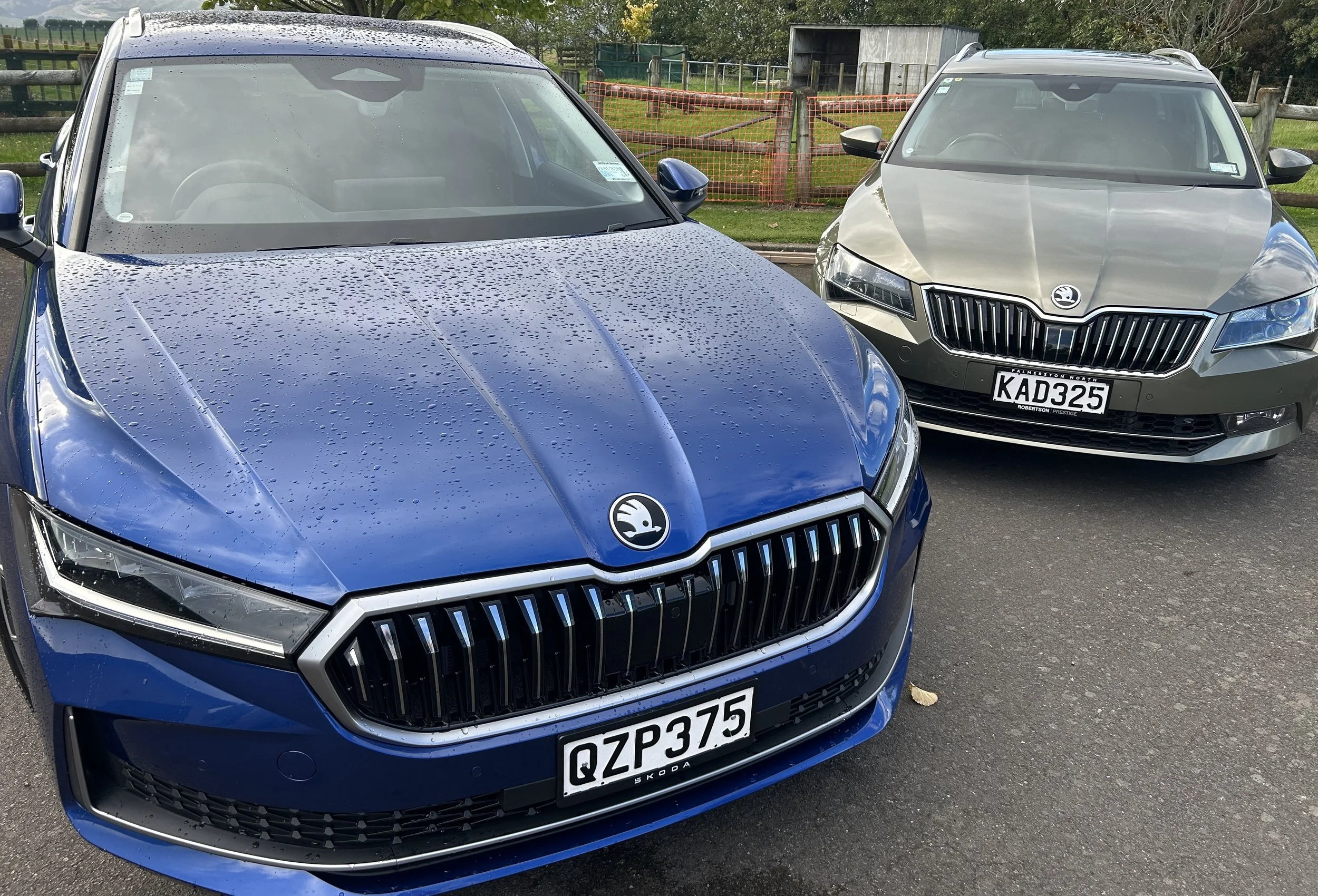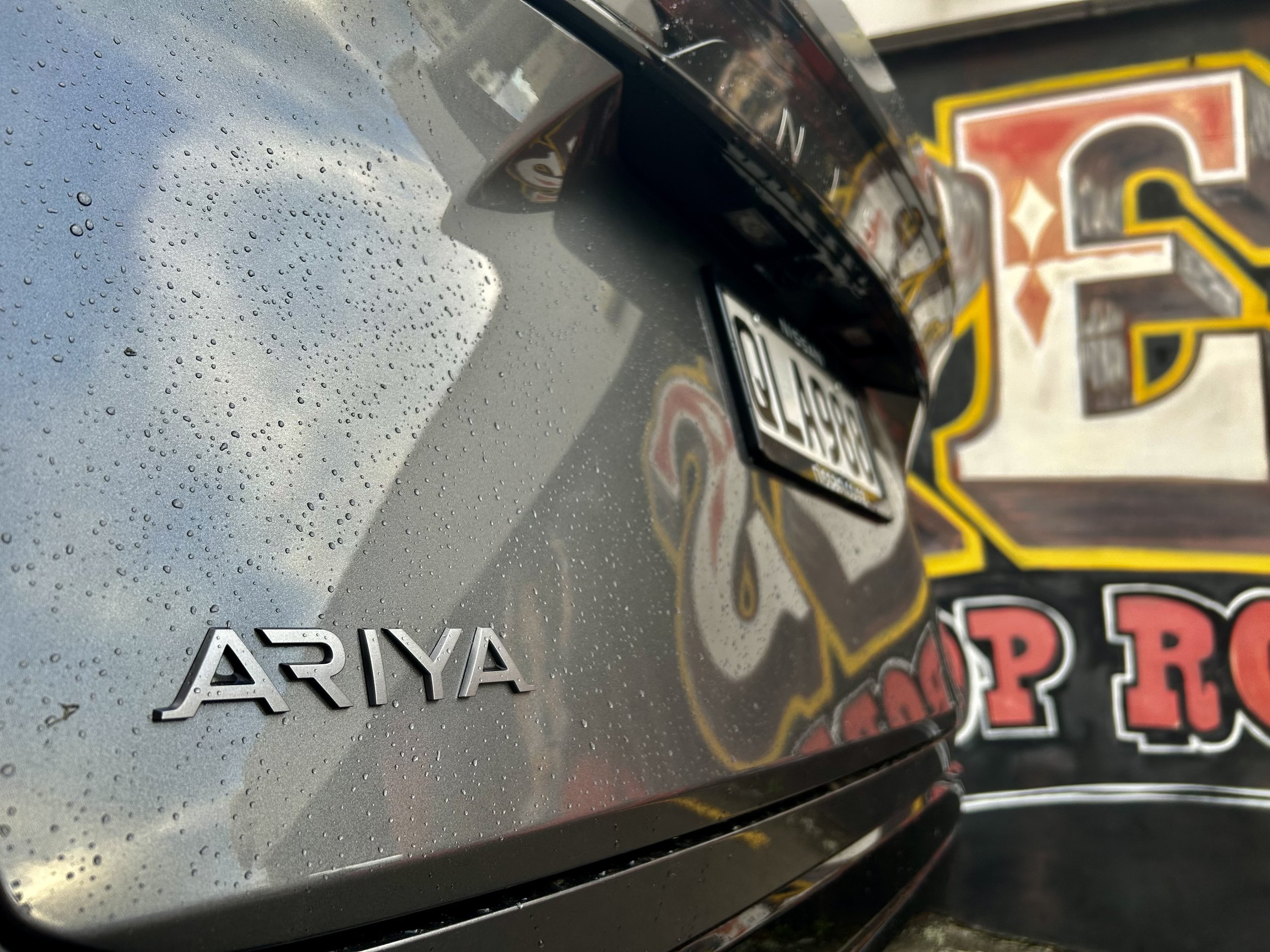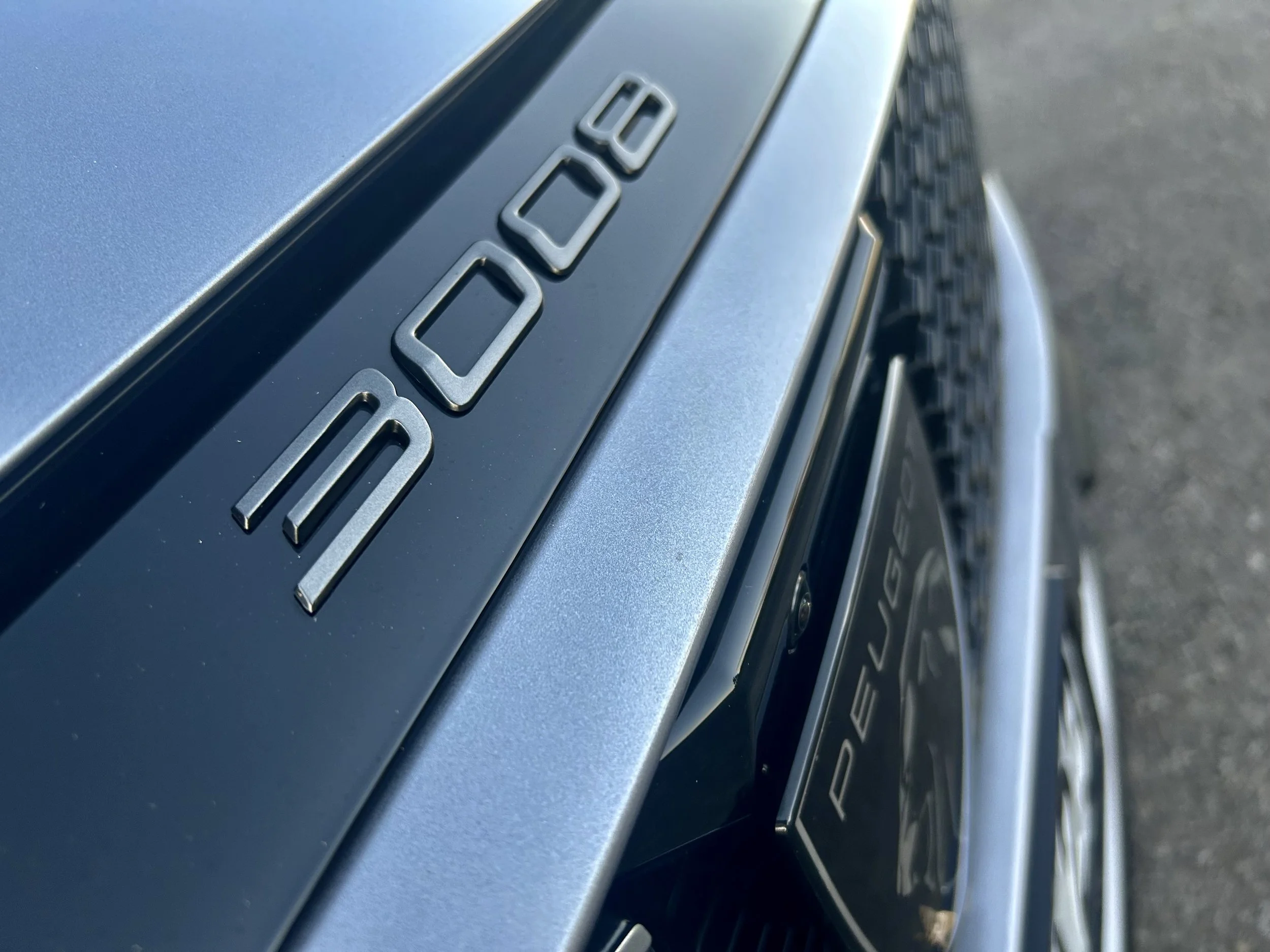Skoda, Nissan going hot in extreme cold
/Impressive big chill feats involving brands’ Enyaq and Ariya electrics.
TENDENCY for extreme cold to sap battery-reliant vehicles has not inhibited two brands immersed in the electric car quarter to hit the ice with hot record-setting intent.
Skoda and Nissan have today each shared information about feats involving their competing mainstream offers, respectively the Enyaq iV that is soon to come on sale in New Zealand, and the like-sized and crossover formatted Ariya that also seems set for local release, though timing still seems undecided.
For Skoda, it’s been about going around in circles, and is in the bag – For Nissan, it’s about going from one pole to another, a pitch that will cover vastly more distance and requires considerably more preparation.
Skoda’s news is that it has set two new Guinness World Records for drifting.
The brand now holds the ‘Longest Continuous Vehicle Drift on Ice’ record, as result of recent circle work a frozen lake in icy central Sweden, with a British motoring journalist at the wheel of a performance-tuned RS edition.
Richard Meaden was able to hold the Skoda (top photo) in a controlled slide for almost 16 minutes over a distance of 7.351km on a circular track with a circumference measuring just over 188 metres, blitzing the previous record of 6.231km set in China in 2022.
Skoda’s run was monitored by an adjudicator from Guinness World Records as well as David Kalas, an international drifting judge.
Given that the Enyaq is a battery-electric vehicle, Meaden and Skoda were able to claim two records - Longest Continuous Vehicle Drift on Ice and the same record in the electric car category.
The record was set on Skoda's fourth day on location near the town of Krokom, after numerous test runs, some 18 hours of drifting in total amid the sub-zero temperatures and murky twilight days of the Swedish winter.
Over the course of the run, Meaden circled the track 39 times, reaching a peak speed of 48.69kmh and never falling below 31.64kmh.
The vehicle was almost entirely unmodified, with the same 82kWh battery pack and twin motors developing the same 223kW as any other standard production Enyaq RS model and the RS suspension tune – which places the car 15mm lower at the front and 10mm lower at the rear - than the everyman Enyaq derivatives was not touched.
Unsurprisingly, though, the standard 20-inch alloy wheels were shod with ice-driving rubber; to enable best grip and optimal steering feel, the front wheels wore 245/35/R20 front tyres with 600 5mm studs, sourced Michelin, while the rears were 255/45/R20s from a Finnish specialist provider, Nokian Hakkapelitta. The latter carried 300 2mm studs; the difference allowing the rear enough slippage to maintain the drift across the 40cm-thick ice.
This isn't the first time Skoda and Meaden have collaborated on a record attempt. In 2011, he set a new land speed record for a forced-induction production car, taking a Skoda Octavia vRS to an impressive 365kmh on the Bonneville Salt Flats in Utah in the United States.
And Nissan? Their ambition is so much greater. The Japanese make is behind a bid scheduled to start next month in which the Ariya will be driven from the magnetic North Pole to the South Pole, a world first for any vehicle.
This electric adventure will clock just over 27,000 kilometres and is expected to take 10 months. The intent is to showcase the capability of electric vehicles and highlight positive action against the climate crisis.
The expedition team, United Kingdom-based husband and wife Chris and Julie Ramsey, has just shown off their custom Ariya in Iceland, with additional details about the vehicle being revealed in the process.
Since the Ariya will need to take on extreme terrains and environments, including ice fields, deep snow, steep mountain climbs and inhospitable desert dunes, Nissan called on Arctic Trucks, the specialists in polar expedition vehicles, to prepare the electric SUV for the tough conditions ahead.
Raised suspension and wider wheel arches necessary to accommodate the 39-inch BF Goodrich tires are obvious modifications, but Nissan says there are no changes to the battery, powertrain or this derivative’s e-Force all-wheel-drive system.
The most vital inclusion is one yet to be seen - a portable, renewable energy unit that will be used to charge the car in the polar regions. The towable prototype includes a packable, lightweight wind turbine and solar panels that will harness the high winds and long daylight hours to provide charge for the EV's battery during rest stops.
Nissan previously said a second modified Ariya will act as a support vehicle. Assumption is that it will tow the generator, whose secondary role appears be to run a specially integrated espresso machine, with a good supply of sustainable coffee, and keep pepped a drone that can launch directly from the utility unit on the roof.
A run whose ‘in between bit’ takes in North and South America is the second big electric adventure for Chris Ramsey.
He is best known for tackling a 16,000 kilometre adventure in a Nissan Leaf in 2017, a trip that took the model through 14 countries including Romania, Georgia, Azerbaijan, Kazakhstan and Russia. Also a Guinness-recognised feat, he trip gained global media attention, including from the BBC Top Gear programme.
He self-describes as being a passionate advocate for electric mobility, renewable energy and promoting awareness of the climate crisis.
The feats, particularly the trans-polar run, will also raise interest in a subject of interest for all EV owners – how well the technology works in cold weather.
It’s accepted that lower temps impact a battery’s ability to store and release energy, so although the batteries work in the cold, charging is typically slower and less efficient as the car uses some energy to keep the battery warm.
Estimates vary, but according to a study from the American Automobile Association, EVs can lose up to 40 percent of their range when the temperature drops from 20 degrees to minus seven. The range dip is attributed to a couple of things, such as natural battery capacity loss in colder temperatures as well as the increased energy needed for heating the cabin.












